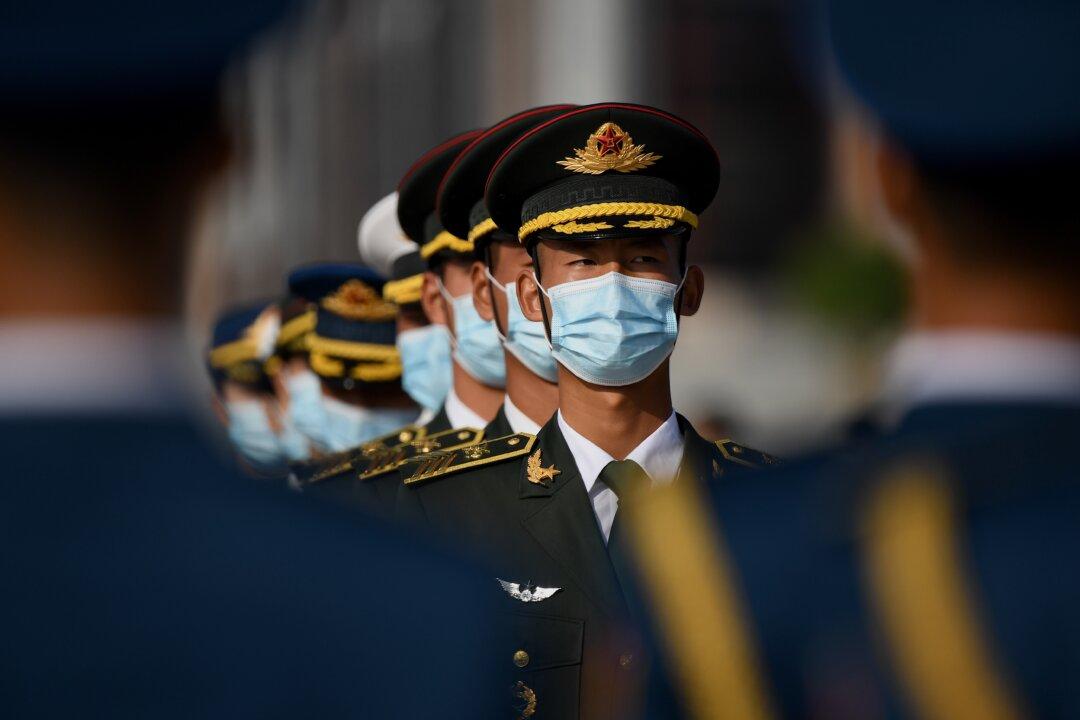Commentary
Scholars and enthusiasts of Chinese history are familiar with the term “century of humiliation,” referring to the long chain of crises the country suffered during its entry into the modern era starting in the mid-19th century.

Scholars and enthusiasts of Chinese history are familiar with the term “century of humiliation,” referring to the long chain of crises the country suffered during its entry into the modern era starting in the mid-19th century.